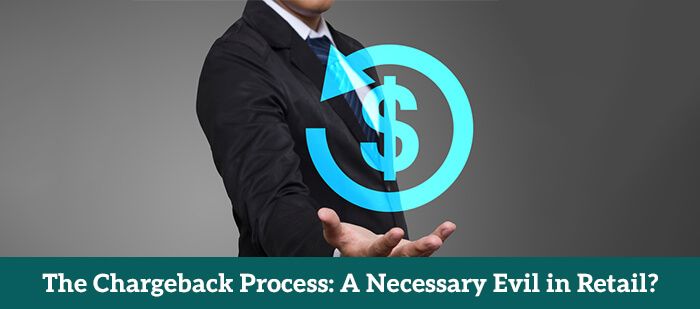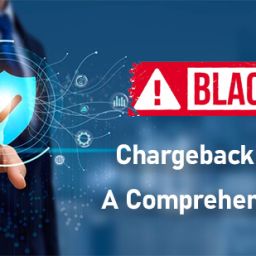
The retail industry has seen a significant increase in online transactions in recent years. While this has been beneficial for businesses, it has also brought about new challenges, including an increase in fraudulent activities and disputes. This is where the chargeback process comes into play.
For retailers, it can be viewed as a necessary evil, but it serves an important purpose in protecting both consumers and businesses. In this blog post, we will dive deeper into the chargeback process and explore its importance in the retail world.
Understanding the Basics of the Chargeback Process
The chargeback process begins when a cardholder disputes a transaction, prompting their bank to retrieve funds from the merchant’s bank and return them to the cardholder. This can occur for various reasons, including unauthorized transactions, not receiving goods or services as promised, or dissatisfaction with the purchase.
The merchant then has the opportunity to present evidence to dispute the chargeback if they believe it is unjustified. This process serves as a form of consumer protection but can also be a significant source of loss and frustration for merchants if not navigated carefully.
Some Related Blogs
- Amazon Return Fraud: A Rising Concern for Online Shopping
- Solving the Mystery of American Express Chargebacks
- Surviving the Bank Dispute Process: Tips and Tricks
- Chargeback Abuse: The New Online Epidemic
The Common Triggers for Chargebacks
The common triggers for chargebacks in the retail industry often revolve around customer dissatisfaction and misunderstandings.
These can include not receiving items as described, receiving damaged or defective merchandise, or experiencing delays in shipping that lead to frustration. Additionally, unauthorized transactions, often due to credit card fraud, are a significant cause.
Miscommunications about return policies or charges not being recognized on a statement because of unclear merchant descriptors also contribute to the initiation of chargebacks. Understanding these triggers can help merchants take proactive steps to reduce the occurrence of chargebacks.
Navigating the Chargeback Process: A Step-by-Step Guide
Navigating the chargeback process efficiently requires understanding its sequential steps. First, the cardholder files a dispute with their issuing bank, claiming a problematic transaction.
The bank then reviews the claim and, if deemed valid, issues a chargeback, withdrawing funds from the merchant’s account. Next, the merchant is notified and given the opportunity to respond.
![]()
Email us anytime!
Email customer service 24/7
![]()
Call us anytime!
Reach customer care 24/7 at +1 (888) 901-8653
This response involves submitting evidence to refute the chargeback claim, such as receipts, shipping confirmations, or correspondence. The issuing bank reviews the submitted evidence and makes a final decision. If the merchant’s evidence is convincing, the funds may be returned to their account.
How to Dispute a Chargeback
Disputing a chargeback involves compiling and submitting relevant evidence to the issuing bank to demonstrate that the transaction was legitimate and met all agreed-upon terms. This evidence can include proof of delivery, communication records between the merchant and the customer, product descriptions, and any terms of sale.
It’s crucial to act swiftly, as merchants have a limited time frame to respond once they’ve been notified of a chargeback. Detailed documentation and a clear, concise presentation of the facts can significantly increase the likelihood of a successful dispute.
Strategies to Minimize Chargebacks
To minimize chargebacks, merchants can employ several strategies. Ensuring clear communication with customers about product descriptions, shipping times, and return policies is crucial. Implementing robust fraud detection tools can also significantly reduce unauthorized transactions.
Additionally, providing exceptional customer service, including prompt responses to inquiries and disputes, can help resolve issues before they escalate to chargebacks.
Encouraging customers to contact the merchant directly for refunds rather than going through their bank can also be effective. By focusing on these areas, retailers can lower the incidence of chargebacks and protect their bottom line.





